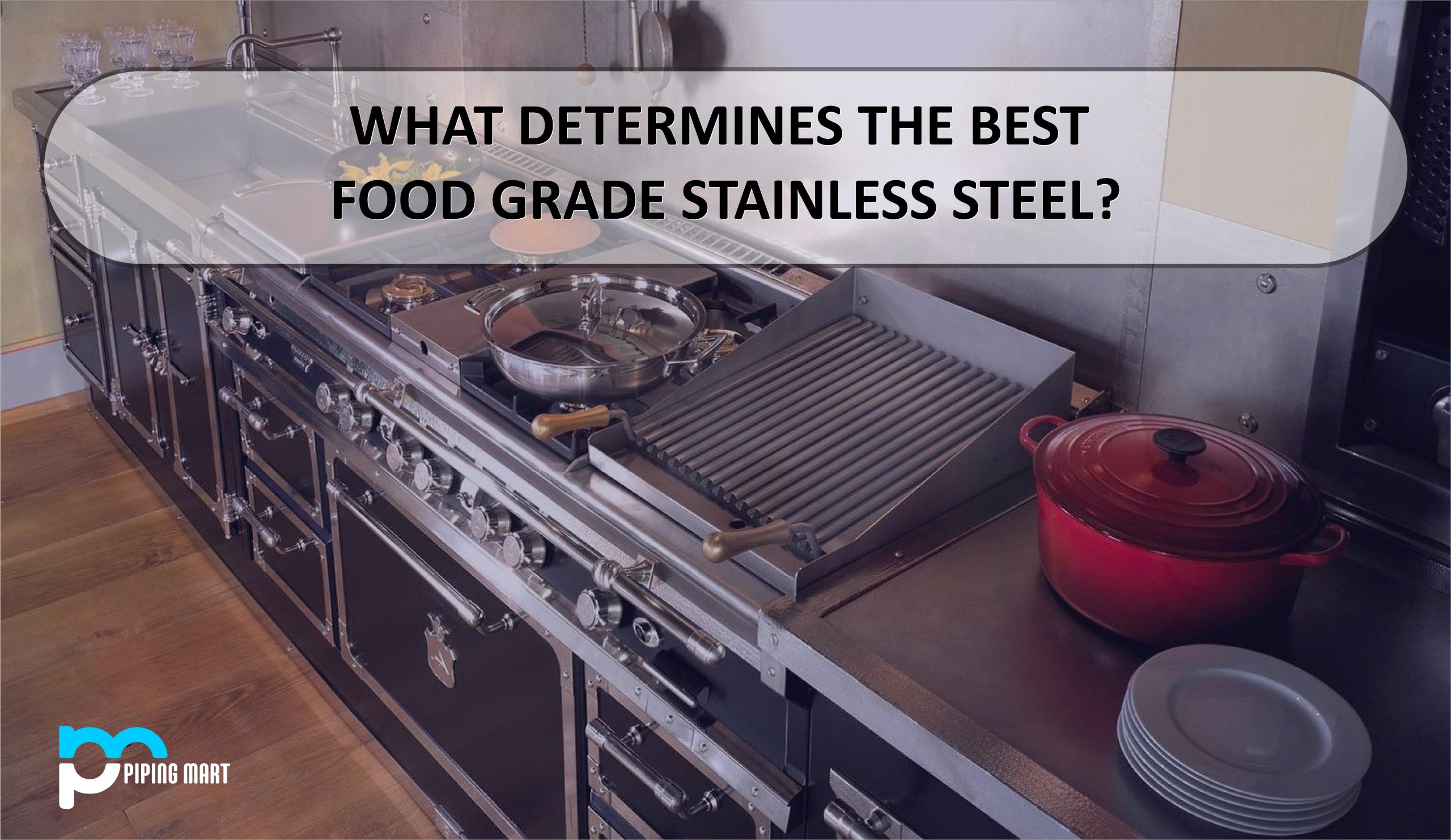What Is Stainless Steel And Why Is It Used In The Food Industry?
Specific iron-based alloys with a chromium content of at least 11% are referred to as stainless steel. In addition to carbon, the alloy also contains additional elements and metals, particularly nickel. Stainless steel has unique and varied elemental qualities that make it beneficial in a number of industries, especially those where the metal will be subjected to challenging or extreme weather conditions.
Particularly in the food sector, stainless steel is subjected to heat, water, and abrasive cleaning agents. Food grade stainless steel must hold up well, be free of rust and corrosion, and be simple to sanitize during those exposures. Additionally, the pitting resistance means that it retains a surface that is simple to maintain and clean. Last but not least, the metal can withstand high temperatures because of its heat resistance.
Food Grade Stainless Steel
The austenitic stainless steel alloy Grade 316 has a high chromium and nickel concentration. It has a continuous use temperature several times greater than most food preparation operations will ever need. Due to its strong resistance to acids, alkalis, and chlorides, grade 316 alloy is an excellent material for food grade steel sheets (such as salt)
When producing food-quality stainless steel containers, grade 316 is typically a preferable option. When dealing with salt and more potent acids like lemon or tomato juice, 316 SS is more chemically resistant in a range of applications.
Since 430 grade metal has a lower nickel percentage and a similar chromium content to 316, certain food manufacturers may find it to be a more cost-effective option. Because it is a ferritic alloy, it is magnetic by nature.
What Determines The Best Food Grade Stainless Steel?
Given that both Grade 316 and Grade 430 are formed of an alloy including iron, nickel, and chromium, they both exhibit the corrosion resistance that is characteristic of stainless steel in general. Additionally, they both possess the following characteristics, which are significant to food processors:
- a surface that is impermeable and prevents contamination
- A smooth surface makes cleaning simple.
- incredibly tough and resistant to nicking, denting, and shattering
- available in a variety of finishes suitable for a particular use or product
- fights off acid erosion
- bacterially neutral
- resistant to stains and transfers
- resistant to fire
- chemically neutral to stop tastes or smells from being absorbed or transferred
- resistant to repeated cleaning with powerful detergents
The Food and Drug Administration (FDA), National Science Foundation (NSF), and American National Standards Institute (ANSI) all stipulate that a stainless steel’s chromium concentration must be at least 16 percent in order for it to be authorized as a food contact substance (FCS).
Three series of stainless steel often meet these specifications
- SAE 200 (Chromium-Nickel-Manganese Alloys)
Manganese is substituted for the majority of the chromium component in order to reduce costs, but this reduces corrosion resistance, making it unsuitable for long-term use.
- SAE 300 (Chromium-Nickel Alloys)
Has the strongest corrosion resistance of the three series because of its higher nickel content, but at a higher price. This series includes the two most often used grades of stainless steel, 304 and 316. 304 is an alloy made primarily of steel with a chromium and nickel content of 18% and 8%, respectively. It is less resistant to salt pitting than 316, which has a composition of 16 percent chromium, 10 percent nickel, and 2 percent molybdenum, which brings more chromium to the surface. Grade 304 is frequently used in sanitary applications as well as the processing of dairy and beer. 316 is more frequently used in commercial food preparation due to its higher nickel content.
- SAE 400 (Chromium Alloys)
Stainless steel from the 400 Series is magnetically susceptible. It is significant to note that not all 400 Series stainless steels are FSC certified because some of them have less chromium than the required minimum of 16%. Additionally, some contain little or no nickel content. Of the 400 series, 430 Grade satisfies FCS requirements. However, 430 is more frequently used in the actual food preparation facilities themselves for paneling, kitchen utensils, table tops, back splashes, and equipment housings, among other uses.
Thus, Stainless steel that has been designated as food grade has satisfied all requirements to be used in cooking, storing, and eating food.

Pipingmart is B2B portal specializes in industrial, metal and piping products. Also, share latest information and news related to products, materials and different types grades to help business dealing in this industry.




